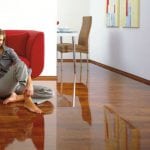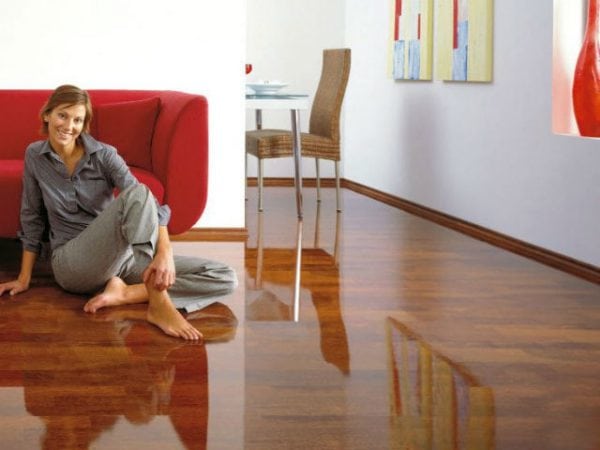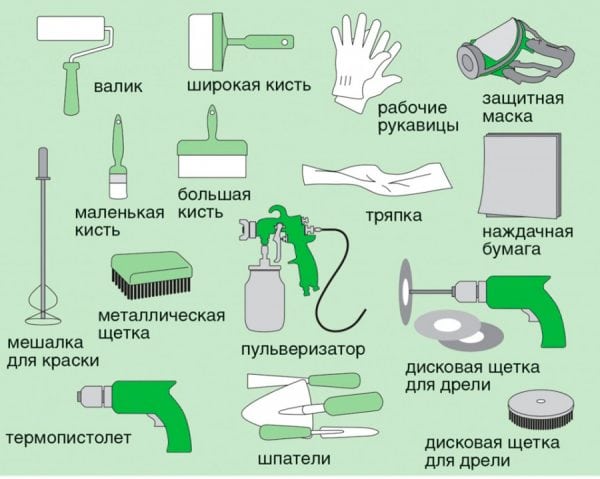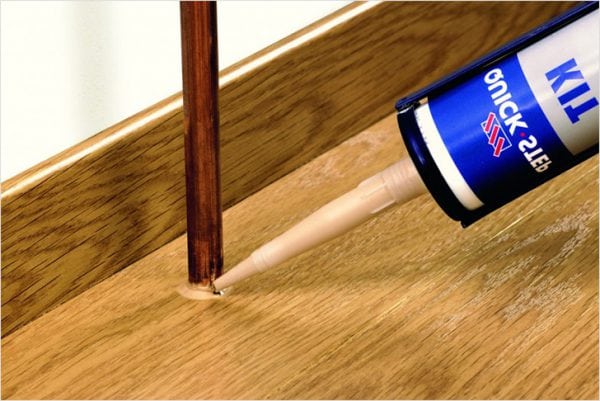Laminate flooring is an inexpensive and reliable floor covering that will be to your taste in almost any home, as it fits perfectly into different home environments. For this reason, he occupies a leading position among the proposed analogues.
Laminate flooring is offered in a wide range of colors with various patterns, which can satisfy even the most demanding customer. In addition, with the help of a laminate, you can easily simulate the flooring of the most demanded types of wood.
Also a huge plus in favor of the laminate is the fact that it is very easy to maintain and does not require any special efforts during operation. Therefore, it is the laminate that is an excellent and most importantly, practical solution for flooring. And given the fact that it is much cheaper than other materials, this is an even greater savings in cash. Moreover, the quality in this case is not inferior to the parquet board.
However, only exact adherence to certain rules and technologies for laying a laminated board will allow you to enjoy the laminate floor for a long and long time. After laying, the laminate is processed.
to contents ↑Why is processing necessary?
Installation of a laminate board does not require special skills. However, to begin processing it, prepare in advance the following necessary accessories:
- respirator;
- sponge;
- soft tissue;
- protective gloves;
- rubber spatula.
The main and probably the main requirement during installation can be called the sealing of joints and seams. Because the main component of the laminate board is fiberboard, and when moisture gets under the panel, it begins to get wet, swell, and as a result, the laminate deforms.
That is why a very important factor is the choice of material, which will be processed joints and seams.
To date, a large number of laminate flooring manufacturers use paraffin in the manufacturing process. It is applied to the lock joints, which guarantees the product a longer service life and protection against moisture. Of course, paraffin-impregnated locks are an excellent acquisition, but, unfortunately, not all manufacturers use this manufacturing technology to protect joints and seams from moisture. Given that paraffin significantly increases the cost of finished products, you should not chase cheap analogues, since the service life of such panels is much shorter.
There are several ways to self-impregnate castle joints:
- sealant;
- wax;
- polish.
Sealing panels
To process joints and joints with sealant, it is best to purchase one that contains silicone. Thanks to silicone, the operation of the coating will be extended. In addition to silicone, the hermetic composition includes:
- chalk or quartz flour;
- antifungal agents;
- dyes.
Before laying laminate panels, it is necessary to level the floor to the maximum. The smoother the floor, the less gaps there will be. After laying the board, there is a chance of crevices in the locks. It is their best to seal with a sealant, since it is a kind of gel putty that is not afraid of high temperatures. However, when choosing a sealant, make sure that it always matches the color with a shade of the floor covering so that traces of processing are not noticeable.
to contents ↑Joint processing with wax
Processing of castle joints with specialized wax protects them from the effects of the external environment and moisture. The rules for applying wax after laying the panels in the locks are indicated in the instructions for the purchased product. However, there are certain points when waxing is applied after full installation.
If you use a liquid or paste-like composition for suturing, it is best to use a brush to apply the product. This work is carried out before mounting the floor surface. After completion of work, excess wax is removed with a dry cloth. In addition to the locking joints, all protrusions, grooves and crevices are processed.
If you chose wax in a tube for processing the laminate, then apply it with a thick continuous layer, allow the composition to dry and remove excess with a spatula.
In case of cracks or scratches during the laying process, treat damaged areas with a wax pencil. It will easily restore the laminate and smooth out all the chips that have formed on the surface. If the surface is badly damaged, then apply wax with a thick layer and several times, having previously waited until the previous one has dried. Before use, the pencil must be melted, then grease the damaged area and thoroughly dry. The main thing is to choose the right shade of the pencil, then the flaws will be completely invisible.
In addition, at the end of the installation process, the laminate can be treated with special mastic or emulsion, which includes wax. Thanks to these tools, the entire floor surface will be completely protected from moisture and dust at the joints of the boards.
to contents ↑Laminate polish
To give the flooring smoothness and a special gloss, after laying it is rubbed with a special polish. These products can be produced in various forms, both in the form of a liquid spray and solid mastic. There is no need to zeal strongly and rub it on the floor. Particularly noteworthy are places with significant damage.
For a more even and uniform application, use a sponge or soft cloth. Apply mastic along the lines of the laminate board. This will avoid unnecessary stains and stains. This process takes a lot of time and effort. However, the result will exceed your expectations.
Based on whether the glossy laminate or matte, processing tools are selected. With the wrong choice, all works will be in vain, and the floor will look ugly.
Laminate flooring is a practical and comfortable base and gives the room a finished and sophisticated look. To maintain it in its original state, it only takes time and special tools that are suitable specifically for your laminate.









